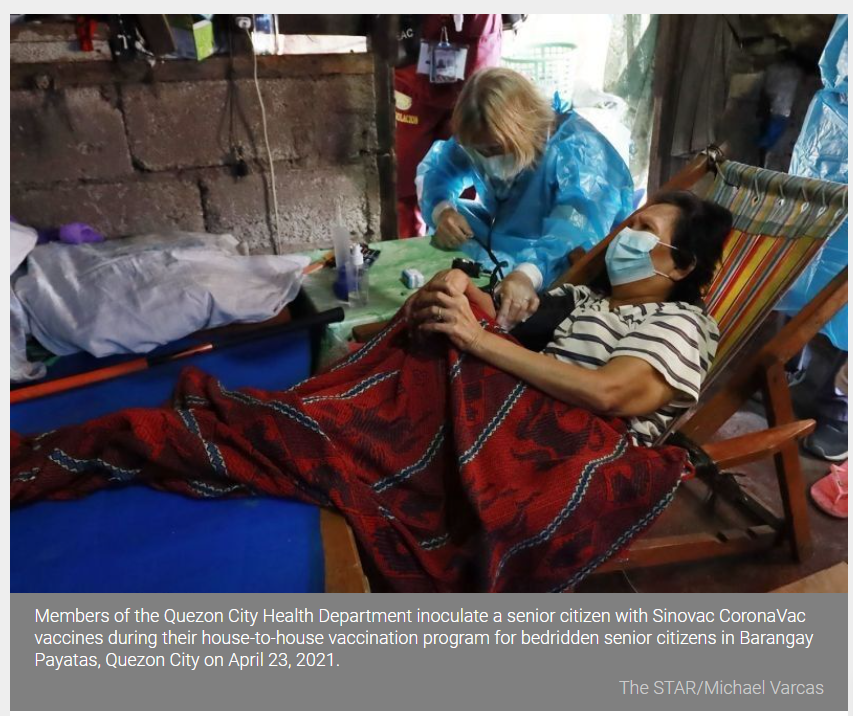Philippines: Regions with high COVID-19 cases see biggest GDP drop in 2020
MANILA, Philippines — Where coronavirus spreads the most, the economy in that area tends to falter the deepest.
State statisticians on Thursday released regional gross domestic product (GDP) data for last year that when read together with COVID-19 infections by region, showed an undesirable pattern of higher cases tending to result into a bigger economic contraction.
For sure, there are other reasons that help explain why one region would perform economically better or worse than the other, apart from COVID-19. The strictness of quarantine is one, especially since more movements from consumers and businesses sensibly means more economic activity.
But these things may also depend on the number of infections, that when compared with regional GDP may show what observers had been saying all along: the economy will not recover if cases are not put under control.
According to the Philippine Statistics Authority, Central Luzon’s economy sank the most by 13.9% year-on-year in 2020. In terms of COVID-19 cases, that region recorded the third highest at the close of last year with 31,139, according to separate data compiled by the University of the Philippines-Los Baños.
Calabarzon’s GDP shrank 10.5% compared with 2019, while the National Capital Region was third on the line, suffering a 10.1% contraction in output. In terms of infections, Metro Manila led the yearend tally with 210,022, followed by Calabarzon with 86,335.
For Paciano Dizon, NCR director at the statistics agency, the massive slump at NCR may not only be attributable to COVID-19.
“In the first part of 2020, the Taal Volcano erupted and that also affected NCR. Aside from that and the pandemic, the supertyphoons that hit NCR also contributed to the contraction,” Dizon said in a virtual briefing.
But that kind of inverse relationship— higher cases, deeper slump and vice-versa— can also be noticed at the other end of the spectrum. For instance, the Bangsamoro Autonomous Region in Muslim Mindanao shrank the least by 1.9% year-on-year, and also posted the least number of cases at 2,739 by December 31, 2020.
SOCCSKSARGEN, meanwhile, saw its local economy contract 4.3% year-on-year, next to BARMM, but had the third lowest number of cases at 5,078 as of end-2020, data showed.
Since then however, much has happened. After some stability in daily cases since reopening in June, Metro Manila, Bulacan, Laguna, Cavite and Rizal— located in three different regions— all saw cases spiked, forcing the return of stricter prohibitions since March 27 and until May 14. With lockdowns restricting anew 31.9% of the country’s GDP in Metro Manila alone, economic officials are likely primed to trim its 6.5-7.5% growth target this year.
Still, the impact may differ across regions. “There are unique situations and there are situations common especially related to regional economic integration,” Socioeconomic Planning Assistant Secretary Greg Pineda said in the same briefing.
Source: https://www.philstar.com/business/2021/04/29/2094643/regions-high-covid-19-cases-see-biggest-gdp-drop-2020


 Thailand
Thailand




